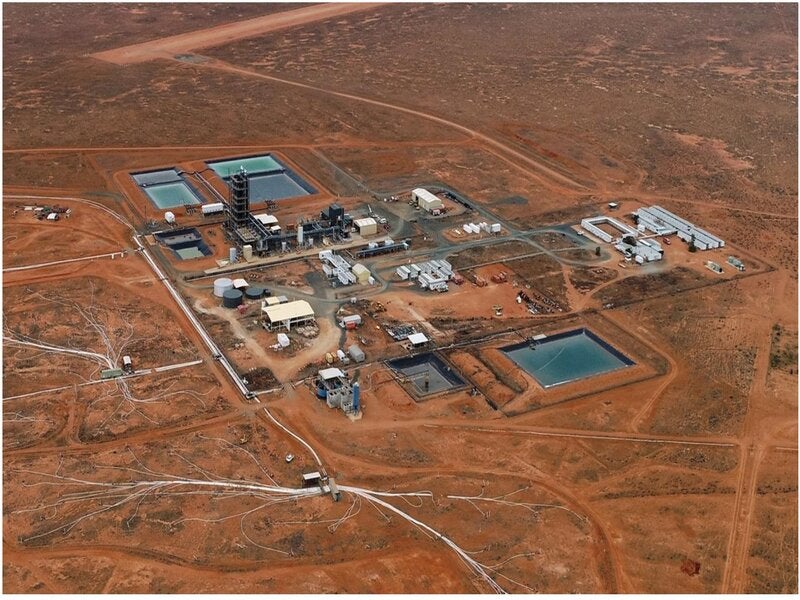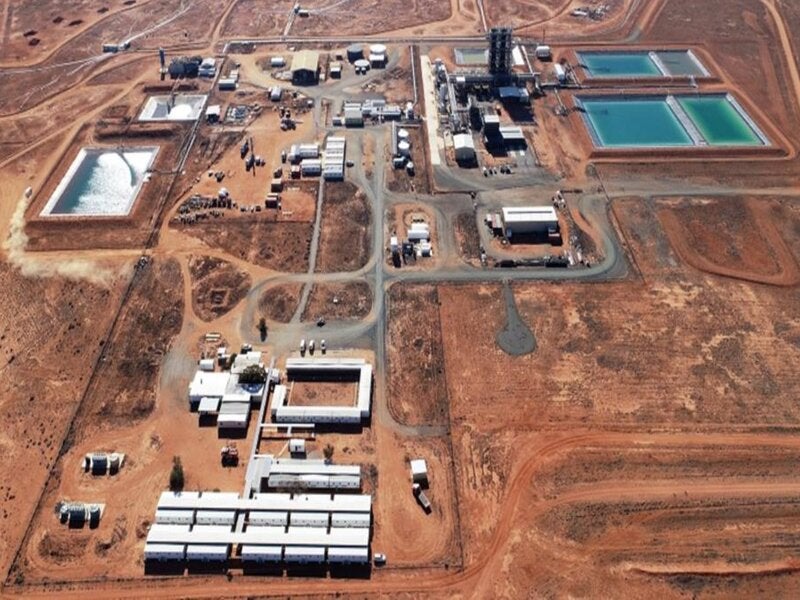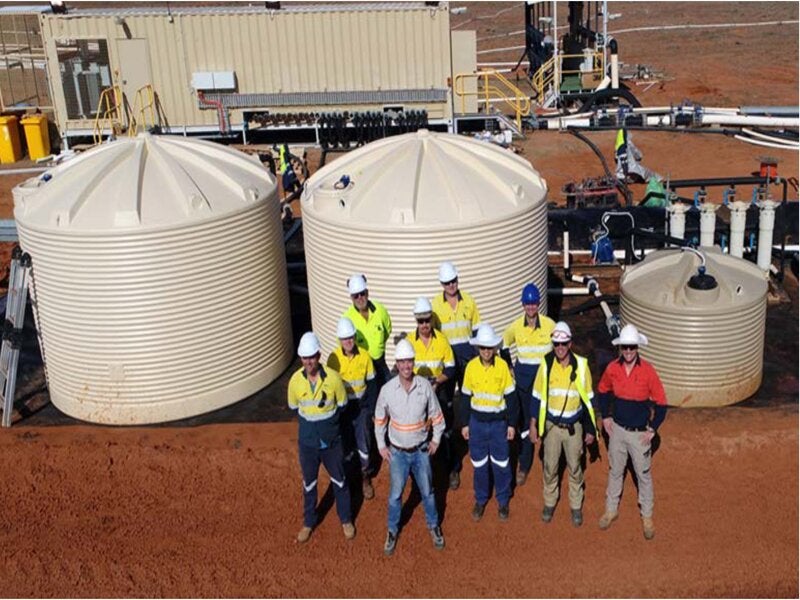The Honeymoon uranium project in New South Wales (NSW), Australia that ceased production due to low uranium prices in November 2013 is being restarted by Boss Energy (previously Boss Resources).
Uranium One Australia, the previous owner, commissioned the project in 2011 and produced only 335 tonnes (t) of U3O8 equivalent until the mine closure in 2013.
Boss Energy acquired the Honeymoon project from Uranium One Australia in December 2015 and conducted a scoping study in 2016.
A preliminary feasibility study (PFS) of the mine restart project was carried out in May 2017, while a definitive feasibility study (DFS) was completed in January 2020. An enhanced feasibility study (EFS) is currently underway and scheduled to be completed by June 2021.
The Australian Government issued a mining export permit for the Honeymoon uranium project to export up to 3.3 million pounds (Mlbs) of uranium oxide annually in April 2019. The restart of the project involves the replacement of the existing solvent extraction columns with new NIMCIX ion exchange (IX) columns to increase the production capacity to approximately to 2.45Mlbs per annum.
Location, geology, and mineralisation
The Honeymoon uranium project is located approximately 80km northwest of Broken Hill, in New South Wales, South Australia. The project comprises the mining lease ML6109 covering a total area of approximately 2,600km2.
The Honeymoon uranium deposit is situated above the Paleoproterozoic-aged Willyama supergroup and comprises a thick sequence of deformed volcanics and metasediments. The first phase of sedimentation is characterised by the Eyre Formation that hosts the Honeymoon restart area.
The mineralisation occurs in tabular lenses distributed between the lower, middle, and upper member subdivisions of the Eyre Formation.
Estimated resources at Honeymoon uranium
The Honeymoon uranium restart project is estimated to hold approximately 24 million tonnes (Mt) of measured, indicated, and inferred mineral resources containing approximately 36Mlbs of uranium oxide (U3O8) at an average grade of 660 parts per million (ppm).
Mining and ore processing
The uranium ore will be extracted using the in-situ recovery (ISR) method and will be processed using solvent extraction (SX) at a processing plant adjacent to the mine.
The extraction of uranium ore will involve the injection of acidified leach solution into the ore zone (wellfield) through the injection wells. The dissolved uranium ore material will be pumped to the Honeymoon process plant for recovery of uranium.
The final uranium product will be packed into steel drums and sea containers for road transport and further export.
Existing infrastructure
The existing infrastructure facilities for the Honeymoon uranium project include a solvent extraction processing plant, four wellfields, administration and plant buildings, a 75km-long power line, and an airstrip for the landing of light planes.
Honeymoon uranium project development plan
The Honeymoon uranium project is planned to be developed in two stages over a total mine life of 12 years.
Stage one will involve the recommissioning of the existing wellfields and an SX plant of 0.88Mlb capacity along with process modifications. It will also upgrade the yellowcake drying facility from the existing dryers to the high-temperature kilns for the production of a calcined U3O8 product.
In stage two, the production capacity is planned to be increased to 2Mlbs of U3O8 equivalent per annum with the construction of a new ion exchange circuit and associated infrastructure.
Contractors involved
GR Engineering Services was engaged by Boss Energy for the definitive feasibility study of the uranium mine restart project in July 2019. It is also responsible for the delivery of the enhanced feasibility study.
Australian Nuclear Science and Technology Organisation (ANSTO) undertook the ion exchange (IX) process detail design and testing works in 2020.
While AMC Consultants provided the updated mineral resource estimates, Watson Drilling carried out the drilling operations at the project site.
Honeymoon uranium project background
The Honeymoon uranium deposit was discovered by the Minad-Teton-CEC joint venture in 1972. The project was later acquired by Uranium One (previously Southern Cross Resources) from Minad’s parent company MIM Holdings in May 1997.
After carrying out operations from 2011 to 2013, Uranium One put the mine under care and maintenance in 2014.





